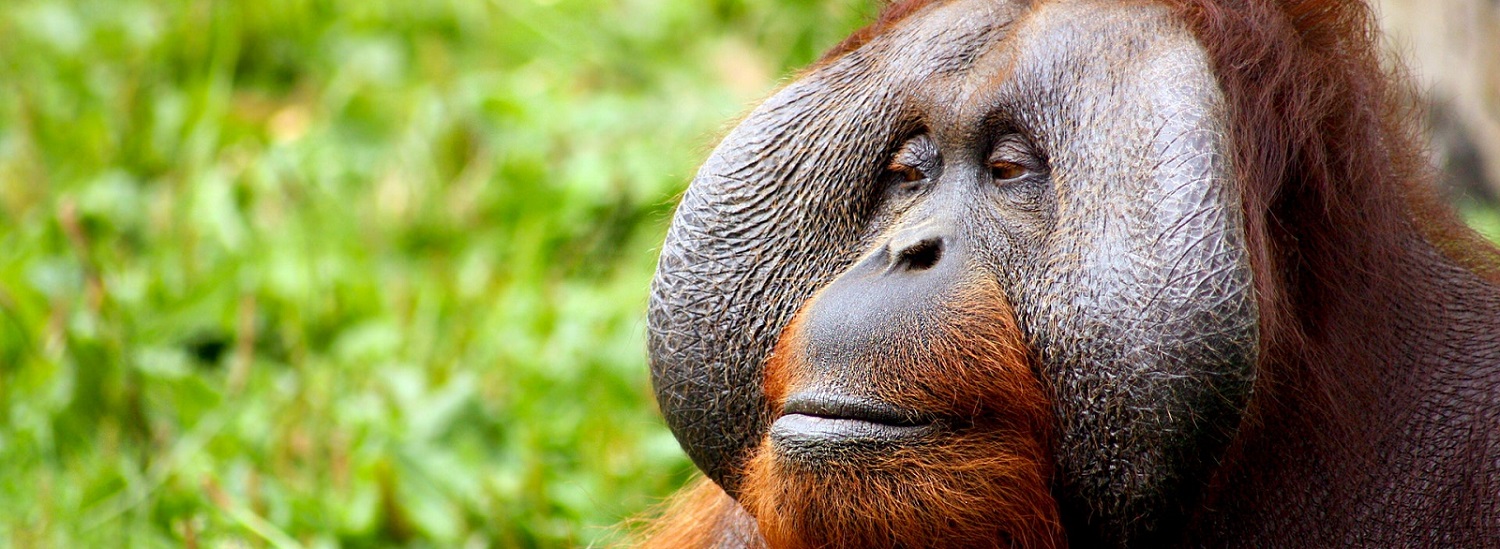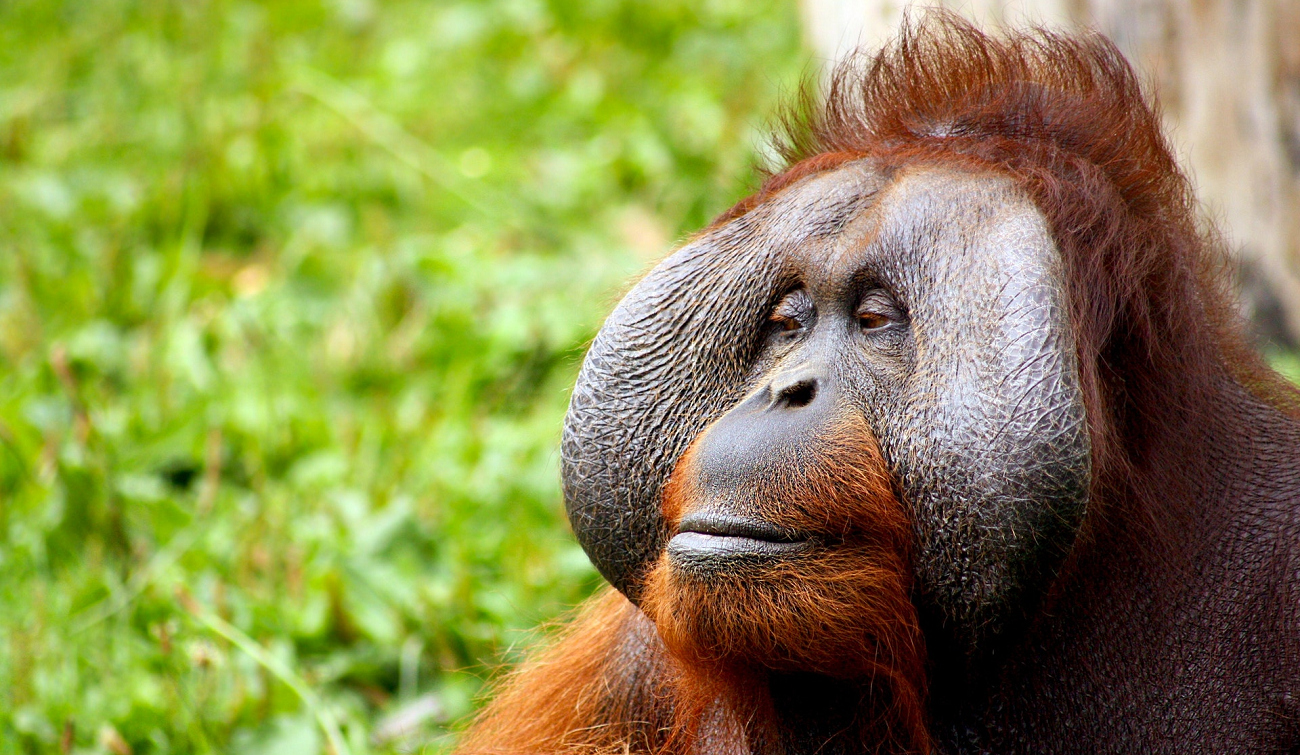Protecting the rainforests
Protecting the rainforests. Tropical rainforests took between 60 and 100 million years to evolve and are believed to be the oldest and most complex land-based ecosystem on earth, containing over 30 million species of plants and animals. That’s half of the Earth’s wildlife and at least two-thirds of its plant species! Rainforests have a central role to play in the slowing of climate change and protecting the rainforests is therefore essential for the future of the planet.
Links between meat eating and climate change have also been widely known for many years, partly due to deforestation in the Amazon rainforest to make room for cattle grazing. Clearing these forests is estimated to produce a staggering 17% of global greenhouse gas emissions, more than the entire transport sector!
The scandal of the rainforest killings
Kenya’s forests and the legacy of Wangari Maathai
Tigers at risk of extinction
Deforestation and the orang utan
“The world’s forests need to be seen for what they are.. giant global utilities, providing essential services to humanity on a vast scale. Rainforests store carbon, which is lost to the atmosphere when they burn, increasing global warming. The life they support cleans the atmosphere of pollutants and feeds it with moisture. They help regulate our climate and sustain the lives of some of the poorest people on this Earth.” – King Charles
“A nation that destroys its soils destroys itself. Forests are the lungs of our land, purifying the air and giving fresh strength to our people.” – Franklin Delano Roosevelt
Some interesting facts about rainforests (source: The Nature Conservancy)
- Covering less than 2 percent of the Earth’s total surface area, the world’s rainforests are home to 50 percent of the Earth’s plants and animals.
- Rainforests are found on every continent across the Earth, except Antarctica.
- There are two major types of rainforest: temperate rainforests and tropical rainforests.
- Temperate rainforests used to exist on almost every continent in the world, but today only 50 percent – 75 million acres – of these forests remain worldwide.
- Rainforests act as the world’s thermostat by regulating temperatures and weather patterns.
- One-fifth of the world’s fresh water is found in the Amazon Basin.
- Rainforests are critical in maintaining the Earth’s limited supply of drinking and fresh water.
- A typical four square mile patch of rainforest contains as many as 1,500 flowering plants, 750 species of trees, 400 species of birds and 150 species of butterflies.
- Rainforests provide many important products for people: timber, coffee, cocoa and many medicinal products, including those used in the treatment of cancer.
- Seventy percent of the plants identified by the U.S. National Cancer Institute as useful in the treatment of cancer are found only in rainforests.
- More than 2,000 tropical forest plants have been identified by scientists as having anti-cancer properties.
- Less than one percent of the tropical rainforest species have been analyzed for their medicinal value.
- Rainforests are threatened by unsustainable agricultural, ranching, mining and logging practices.
- Before 1500 A.D., there were approximately 6 million indigenous people living in the Brazilian Amazon. But as the forests disappeared, so too did the people. In the early 1900s, there were less than 250,000 indigenous people living in the Amazon.
- Originally, 6 million square miles of tropical rainforest existed worldwide. But as a result of deforestation, only 2.6 million square miles remain.
- At the current rate of tropical forest loss, 5-10 percent of tropical rainforest species will be lost per decade.
- Nearly 90 percent of the 1.2 billion people living in extreme poverty worldwide depend on forests for their livelihoods.
- Fifty-seven percent of the world’s forests, including most tropical forests, are located in developing countries.
- Every second, a slice of rainforest the size of a football field is mowed down. That’s 86,400 football fields of rainforest per day, or over 31 million football fields of rainforest each year.
- More than 56,000 square miles of natural forest are lost each year.
Rainforest links
Amazon Watch works with indigenous and environmental organisations in the Amazon Basin. www.amazonwatch.org
Rainforest Rescue is committed to saving rainforests for current and future generations. Their projects involve rainforest restoration, research and property purchase and protection. www.rainforestrescue.org.au
The Rainforest Information Centre is a non-profit, volunteer organisation dedicated to the protection of the Earth’s remaining rainforests. www.rainforestinfo.org.au






